Viveat Susan Pinto in Mumbai
Soaps, detergents, shampoo, hair oil, biscuit and chocolate majors have benefitted big time from their policy of targeting the bottom of the pyramid (BOP), made famous by the late management guru, C K Prahalad. Most FMCG companies today boast of 20-30 per cent of their revenues coming from rural markets.
But the going hasn't been that easy for beverage majors. For most part, these firms have struggled to make a profitable product at Rs 5.
Coke's famous attempt at targeting the Rs 5 price point with a product popularly called Chhota Coke, basically a 200-ml-bottle, remained an experiment as the company struggled to manage both packaging and transportation costs at that price point.
Launched some eight years ago, Coke as well as rival Pepsi, which also launched a 200-ml bottle at Rs 5, subsequently raised the price of the product by Rs 2, thereby vacating the slot altogether.
...
Can India's beverage majors break the Rs 5 jinx?
Since then both firms have been cautious in their approach when targeting the bottom of the pyramid with Rs 5 and below products.
Pinakiranjan Mishra, national leader, retail & consumer products, Ernst & Young, says while packaging costs for a 200-ml bottle, which is the entry-level glass bottle for a beverage company, stands at 33 per cent of total cost, when compared with a 1000-ml or one-litre bottle, it is steep.
"Packaging cost of a one-litre bottle is 16 per cent of total cost," he says. "That is why companies are not in a position to offer a product at the Rs 5 price point."
So what are firms doing to work round this problem?
<P>...</P>Can India's beverage majors break the Rs 5 jinx?
Coke, for instance, recently re-entered the branded powdered ready-to-drink market with its orange-flavoured drink Fanta (called Fanta Fun Taste) at Rs 5. Available in satchets, Coke executives say it is far more feasible than glass bottles at Rs 5.
"It is simply not viable to do a glass bottle at that price point," says a Coke executive. Interestingly, Coke had withdrawn its powdered brand called Sunfill six years ago even though it is hugely popular in Hong Kong, Kenya and the US.
Coke executives now say the product was ahead of its time. The beverage giant is also globally present in the powdered beverage market with brands like Eight O' Clock in Phillipines.
Besides, powdered beverages which is an affordable option, with satchets available at even Rs 1 - a case in point being Rasna - firms are coming up with innovative solutions to target the bottom of the pyramid. Confectionery maker Cadbury India, now part of Kraft Foods, also recently launched its Tang brand in this segment.
...
Can India's beverage majors break the Rs 5 jinx?
Photographs: Reuters
Pepsi, for one, has launched a heath & wellness drink called Lehar Gluco+ in a plastic cup. Launched under its joint venture with Tata Global Beverages, the lemon-flavoured drink is available in 200-ml packs in 10 districts of Maharashtra.
Geetu Verma, executive director, innovation, PepsiCo India, says that the firm is likely to cover the entire state in the next few months. "Based on our learnings in Maharashtra, we will plan a national rollout," she says.
Verma also says that a ready-to-drink product in a top-sealed plastic cup is easy and convenient to use besides being hygienic.
"It is also a first," she claims. But packaging experts say that it is the viability of the format that has compelled Pepsi to package the drink this way.
...
Can India's beverage majors break the Rs 5 jinx?
"These cups are similar to the cups used by icecream makers to package ice-cream. The only difference here is the size. The Pepsi cups resemble a medium-sized plastic glass, while the ice-cream cups are smaller in size. But the technology is the same. It is also an affordable technology, which makes it a viable option," says Vimal Kedia, managing director at Bangalore-based Manjushree Technopak, a leading packaging solutions company.
Verma admits as much. She says, "While considering the packaging of a product, the ob-jective is to reduce the packaging material consumption per beverage serving and to transfer this value to the consumer. We bore this mind when looking at Lehar Gluco+."
...
Can India's beverage majors break the Rs 5 jinx?
While Pepsi digs its heels deeper into this format, another beverage giant Parle Agro has been marketing conical tetrapacks of Frooti for Rs 5 for some time now.
First launched in 2004, the TCA or Tetra classic Aseptic packs were initially available for Rs 2.50 for 65 ml. Over the years, the quantity of the beverage has increased to 100 ml, the firm says. These packs have also helped add volumes, it adds.
But packaging experts insist that the quantity of 100 ml is not significant enough to quench thirst. "You need at least 200 ml," says an industry expert. "Which is why the preference for the rectangular-shaped tetrapacks is more because the quantity is more," he says.
...
Can India's beverage majors break the Rs 5 jinx?
Parle Agro, on the other hand, insists that these packs are consumed on-the-go and don't require much refrigeration.
"You can find them at tea stalls, fruit shops, phone booths, which are unconventional outlets. With these packs, distribution reach has significantly improved for us," says Nadia Chauhan, joint managing director, Parle Agro.
With all these efforts by beverage companies, the hope is that they can break into a segment that is increasingly becoming too important to ignore.
Besides, as brand experts say these low-unit packs are a good way to build the brand appeal as they act like brand ambassadors.

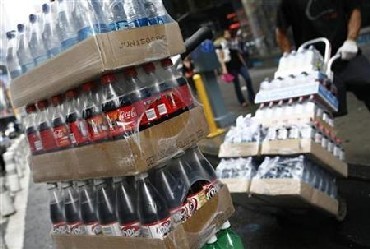
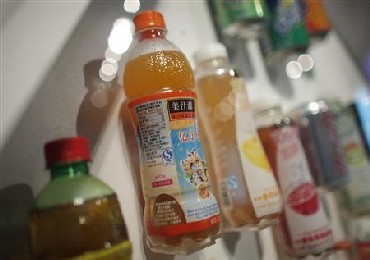
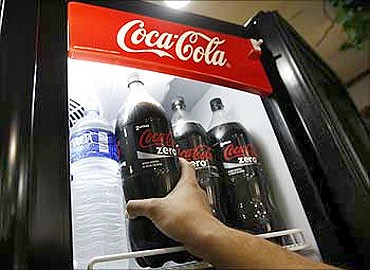
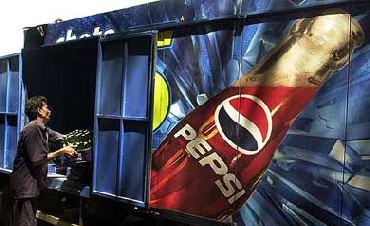
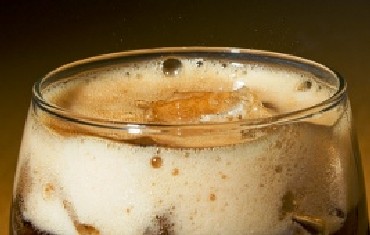
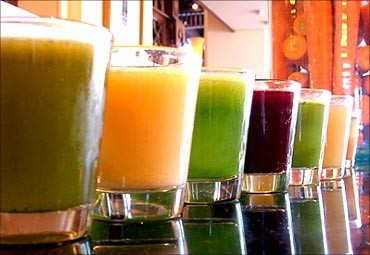


article